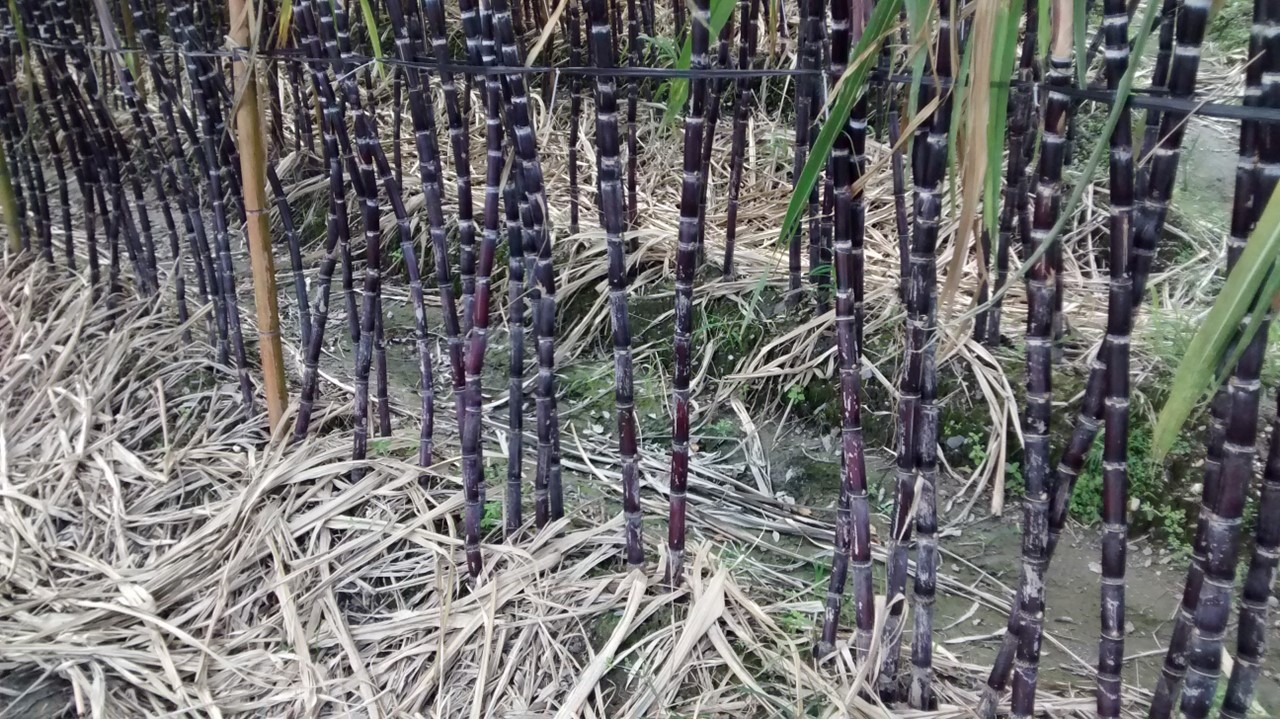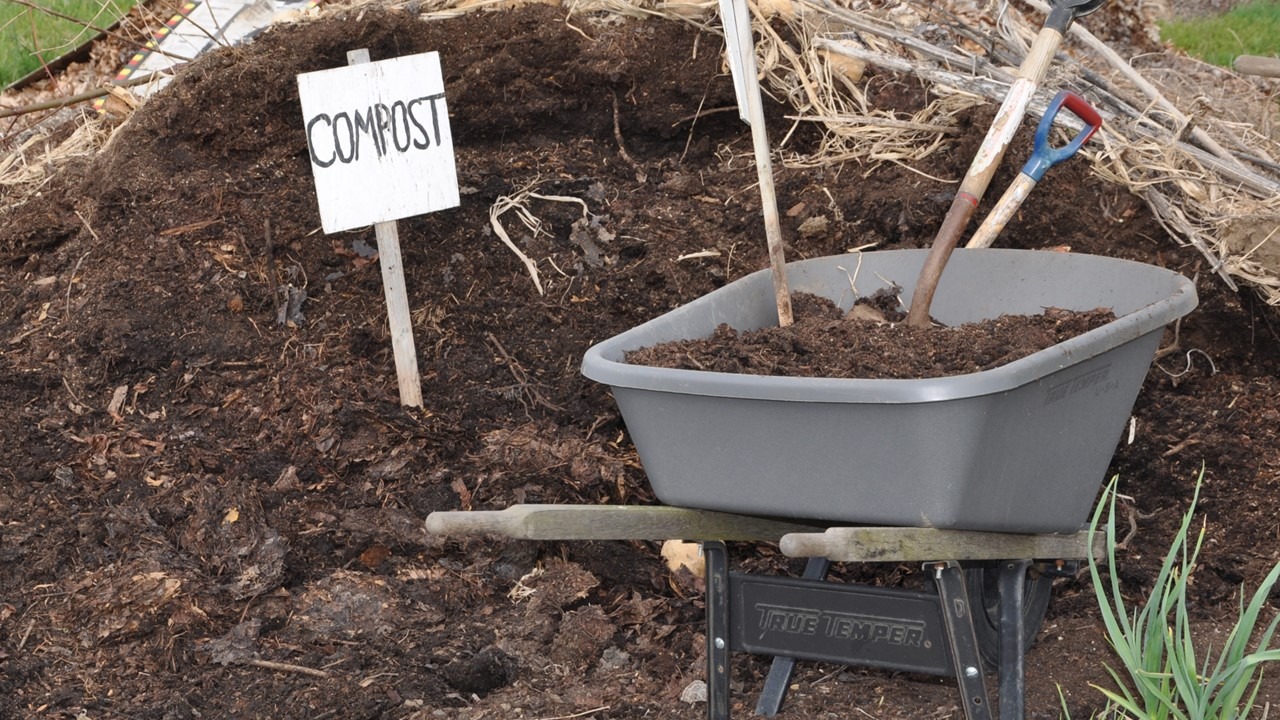PLA is regarded as one of several eco-friendly solutions to the problem of plastic pollution in the modern era. It is not a new material- having been used it in certain fields since the 20th century to mitigate the problem of the non-degradability of plastic. In recent years, as the environmental crises of waste and microplastics become more serious, people have begun to develop the idea of applying PLA to more fields, in place of plastics. The article will explain what PLA is, how it is manufactured, its limitations, and suggest replacement materials to overcome PLA’s shortcomings.
What is PLA?
The full name of PLA is polylactide or polylactic acid, an artificial polymer. DuPont scientist Wallace Carothers first created PLA in 1932, by heating lactide in a vacuum. However, the technology at the time was not mature and the product was unstable in humid atmospheres. After three decades of research on the biodegradability and non-toxicity of PLA, the material was first used in the biomedical field as stents, catheters, and other materials that come into direct contact with human tissue.
It became apparent in the 1980s that although petroleum-based plastics are very convenient, their non-degradable and difficult-to-recycle characteristics have resulted in enormous environmental impact, forcing countries around the world to issue plastic bans, particularly of food packaging made of such plastics, which take up a large amount of space in landfill because they are used in large quantities. PLA’s renewability and degradability as a material have once again captured people’s attention. For instance, the image of a straw stuck in the nose of a sea turtle in 2015 pushed the public’s attention towards disposable plastics, and countries around the world began issuing bans on them. This led to moves to replace existing beverage cups and straws, and manufacturers switched to PLA to comply with these new laws.
However, PLA’s degradability is not perfect, because it requires a specific artificial composting environment to decompose quickly; it does not simply return to the soil like dry branches and fallen leaves as we might imagine. PLA in the environment can take several years to break down. Moreover, PLA can only withstand a maximum temperature of around 50°C, and it is mostly made of grains, which means that the manufacturing of PLA competes with people for food crops. Consequently, the use of PLA is hindered by a wide range of factors.
How to produce PLA?
The basic material of PLA is lactic acid (LA), which can be obtained through biological or chemical synthesis. Since the latter requires the use of highly toxic substances hydrogen chloride and acetaldehyde, which do not meet the requirements of most applications, there is not a lot of chemically synthesized PLA produced. Approximately 90% of lactic acid on the global market is produced using biomass sugars (biomass containing cellulose, lignin, and carbohydrates such as corn starch), and the biomass sugars are converted into lactic acid via the action of lactic acid bacteria (LAB). Currently, most commercial lactic acid is made of refined carbohydrates such as corn starch, hence the controversy of competing with people for food. Besides being used as a raw material for producing PLA, lactic acid is also a basic material for many food additives, preservatives, cosmetics, and personal care products.
After obtaining lactic acid, PLA is manufactured through three main methods including direct condensation polymerization, azeotropic dehydration condensation, and lactide ring-opening polymerization. As the most widely used technique, lactide ring-opening polymerization facilitates the polymerization of lactic acid through a catalyst, reducing the reaction temperature and time, and thereby lowering energy consumption during production. At present, scientists are researching different types of lactic acids and polymerization techniques in order to reduce PLA’s production costs and increase its biodegradability.
The benefits that PLA brings to our lives
3D printing
The most popular materials for 3D printing are ABS, nylon, and PLA. In particular, PLA is the most suitable material for amateurs and beginners because of its high strength and rigidity. Also, its low melting and shaping temperature means that there is no need for additional equipment such as heating plates. However, it is because of this characteristic that products printed with PLA cannot withstand heat and begin to lose strength at temperatures above 50°C, which is why it can only be used for producing sample parts or ornaments.
Medical use
Composite PLA, manufactured with the addition of materials such as aluminum, can reduce allergic reactions and break down naturally in our bodies, hence it is extensively used in internal fixation devices and sutures for fractures. Compared to traditional metal fixation devices and nylon or polypropylene (PP) sutures, these do not require an additional outpatient visit to recycle the medical devices embedded in our bodies. In addition, more medical uses of PLA are gradually being developed and researched. These include heart bypass surgery grafts, drug carriers, cancer treatments, tendon regeneration, antibacterial films, and surgical equipment.
Packaging
Packaging is omnipresent in our lives. It is used for cooked food salads, paper, gifts, and semi-finished products in factories, and most is single-use, hence a lot of packaging is used. Traditional packaging is made of plastic or paper. Due to the non-degradability of plastics, as well as the chemicals used and the problems of water consumption associated with paper production, many packaging is now made of PLA material, particularly food packaging, that emphasizes hygiene or transparency for visual presentation purposes. Examples include egg cartons, salad boxes, cake boxes, and meat boxes.
Cold beverage containers
Paper or plastic cups used for takeout beverages can be replaced by PLA. For instance, McDonald’s and Starbucks have both used PLA materials for their cold beverage cups and lids. However, since PLA is not resistant to high temperatures, it cannot be widely used for hot beverages such as coffee.
Waterproof films
Besides individual packaging boxes or cups, some manufacturers also use paper as the main body and coat the surface with PLA instead of wax or plastic to create a waterproof film, endowing paper containers with durability and biodegradability.
Mulching films
Mulching films help to maintain the soil’s temperature and humidity and control the growth of weeds, making it an essential product for modern agriculture. However, mulching films are brittle and difficult to recycle, and the traditional plastic material generates a large amount of waste and contributes to the microplastics problem. Processed PLA mulching films can decompose in the soil and offer an additional carbon source, making them convenient, eco-friendly, and conducive to crop growth.
So, is PLA biodegradable?
The main feature of PLA is its biodegradability. Since it is polymerized from starch it can be decomposed by microorganisms, just like the corn it is derived from. However, the polymerization process makes PLA more difficult to break down than conventional starch. If it is left in a normal outdoor environment, it will take several decades to decompose, which is not much faster than plastic. Consequently, to prevent PLA from ending up like plastics, we need to create an industrial composting environment to maximize the microbial decomposition rate (for further information on industrial composting, please read:
Home Composting vs Industrial Composting How They Works) by maintaining the environment at a specific humidity and oxygen content and a temperature of more than 50°C, allowing PLA to break down quickly.
When processing PLA products, the only way to take advantage of their eco-friendly characteristics is to send them to an industrial composting system. However, note that PLA products containing non-compostable ingredients such as plastics will ruin the entire batch of compost in the industrial composting system, so it is important to check that the facility is certified for industrial composting (such as via BPI’s compostability mark) before discarding PLA products in the compost bin. At the same time, ask the municipal waste disposal facility or contractor responsible for recycling compost bins if their industrial composting facilities accept PLA products.
Are there any better alternatives to PLA?
Due to the strict decomposition conditions of PLA and the controversy over food competition, and apart from using biomass sugars from sources other than crops to produce lactic acid, people are also vigorously searching for other alternatives in the hope of manufacturing products with the convenience of PLA but with better degradability and more eco-friendly sources of material.
Bagasse
Sugar extracted from sugarcanes is also a refined carbohydrate used by various sugarcane-producing Asian countries to produce lactic acid for PLA synthesis. However, the process generates a large quantity of bagasse as a byproduct. Due to its high water and sugar content and the presence of a lot of fibers, if buried directly, it is prone to problems such as rot and difficulty in decomposition, thus bagasse is usually incinerated, resulting in waste of resources and air pollution. After more than three decades of research on plant technology, eco-friendly manufacturers such as renouvo have managed to convert bagasse residue from the production of sugar, biofuels, and lactic acid into a PLA-like material. renouvo’s patented material JCPFM features enhanced decomposition and temperature resistance, allowing it to break down in a home composting environment at room temperature, avoiding the need for industrial composting facilities. The material can also withstand hot beverages without deforming, making it much more versatile.
Seaweed
Seaweed grows quickly in the ocean, so some manufacturers have capitalized on this characteristic to install seaweed culture tanks by the sea to cultivate specific varieties of seaweed through microbial decomposition. The seaweed is used to produce fermentable sugars and synthesize polyhydroxyalkanoates (PHA), which have mechanical properties similar to PLA and can withstand temperatures up to 80°C. It also has very good decomposition properties and can be decomposed in a home composting environment at room temperature. Nonetheless, it still needs additional labor and energy to produce raw materials, and the relatively low production capacity makes it very expensive.
Paper
Paper is the most widely used and mature technology that can be applied to various boxes and food containers without the problem of melting at high temperatures. Paper is derived from a natural source and produced via the pulping process. In particular, uncolored and uncoated corrugated cardboard and brown bags are classified as browns suitable for home composting by the United States Environmental Protection Agency (US EPA) because of their excellent degradability. If the wood material is obtained from trees cultivated through sustainable afforestation, it is also a type of sustainable material. However, the problem with paper is that it is not waterproof, therefore, untreated paper cannot be used for holding beverages or other water-containing items. If paper is used as the main substitute for PLA, water-resistant coating materials such as JCPFM or PHA should be chosen rather than PLA, which is difficult to decompose, or PFAS, which are potentially harmful to the human body.
How should we regard PLA?
PLA is a well-intentioned substitute material for plastics that has similar qualities but better degradability. However, achieving said degradability requires the use of elaborate, man-made composting systems, hence if there are industrial composting facilities near you that accept PLA products, feel free to use industrial compostable-certified PLA products. Remember to properly classify waste to make sure that they are sent to an industrial composting facility for disposal. If there are no industrial composting facilities near you that accept PLA products, you can treat them as ordinary plastics that happen to be made of plant-based materials. Therefore, the fundamental solution is to minimize the use of plastics or choose products made of degradable materials such as renouvo’s bagasse material, seaweed-based PHA, or untreated paper.













